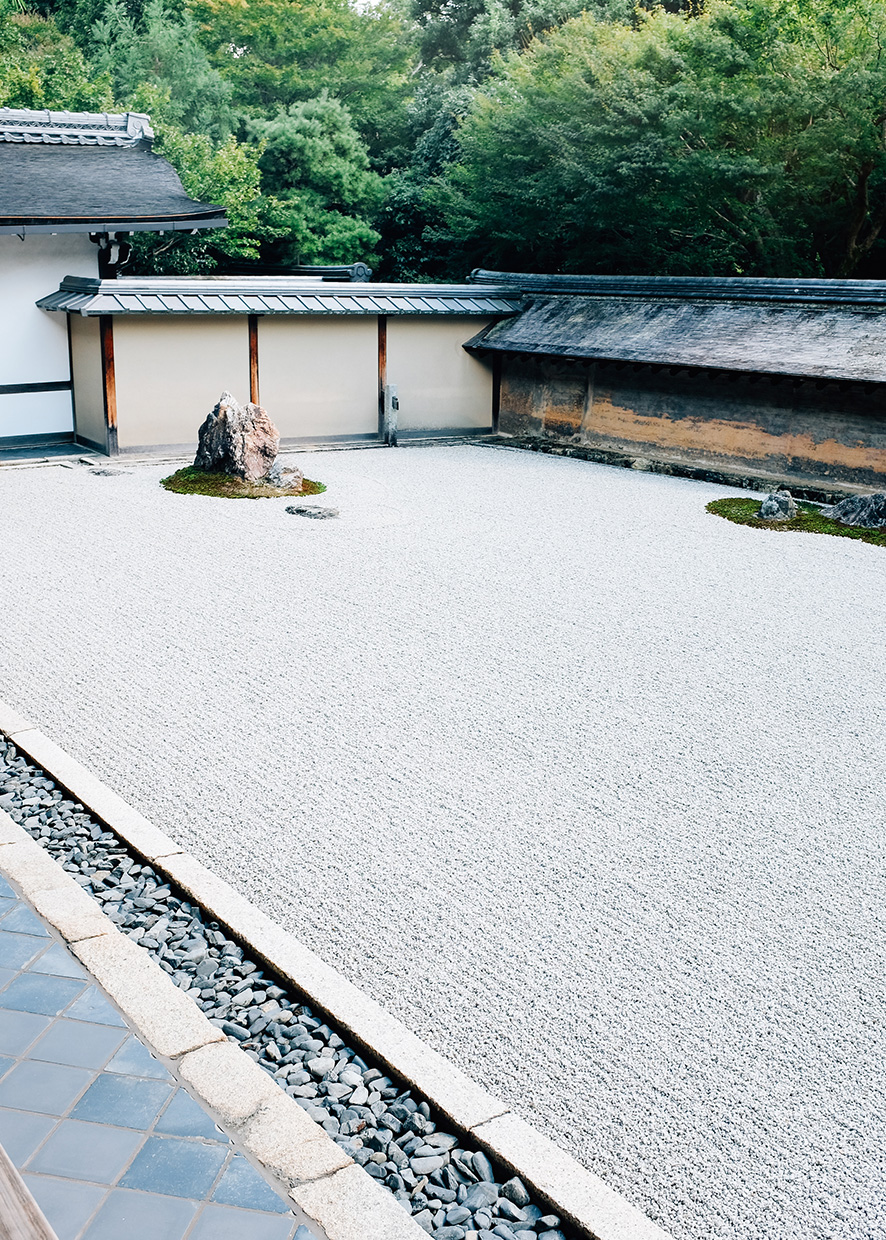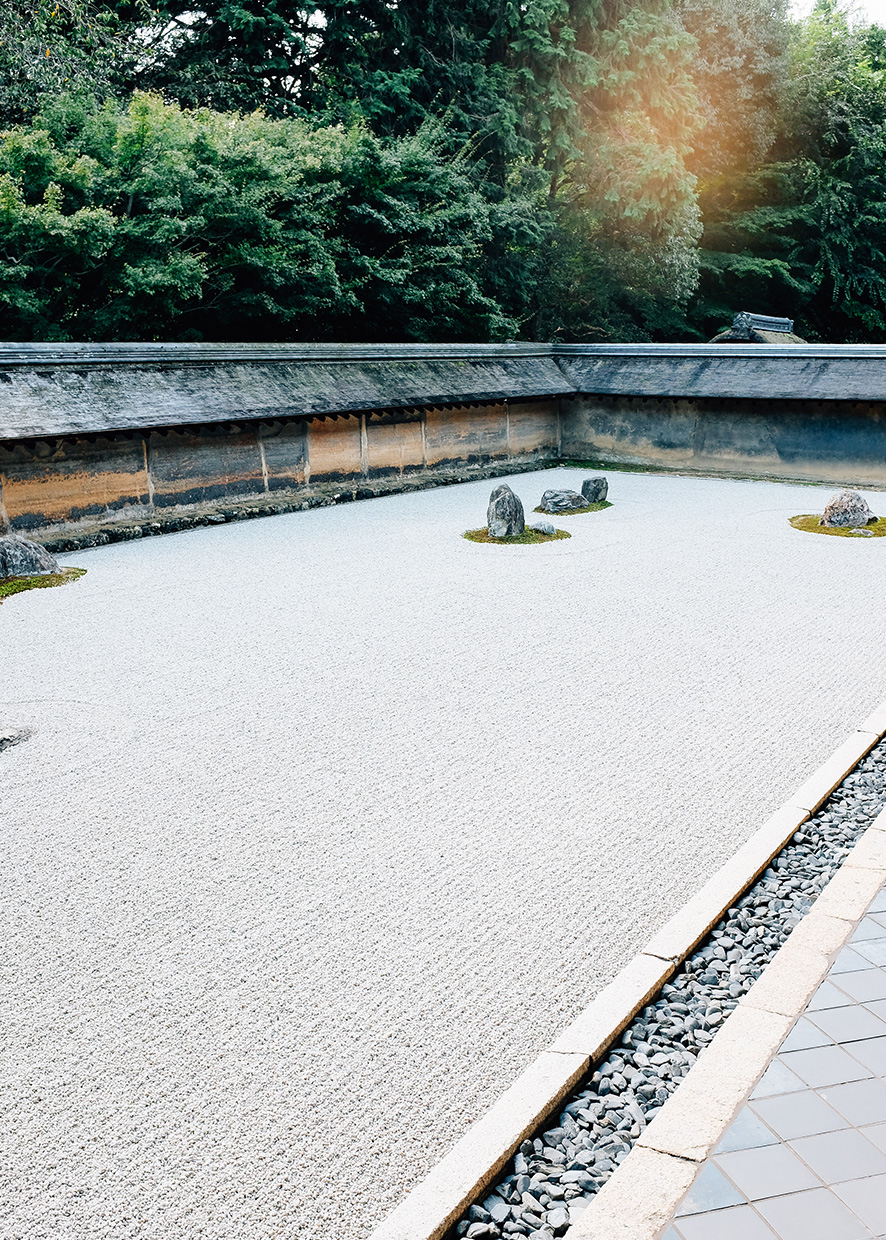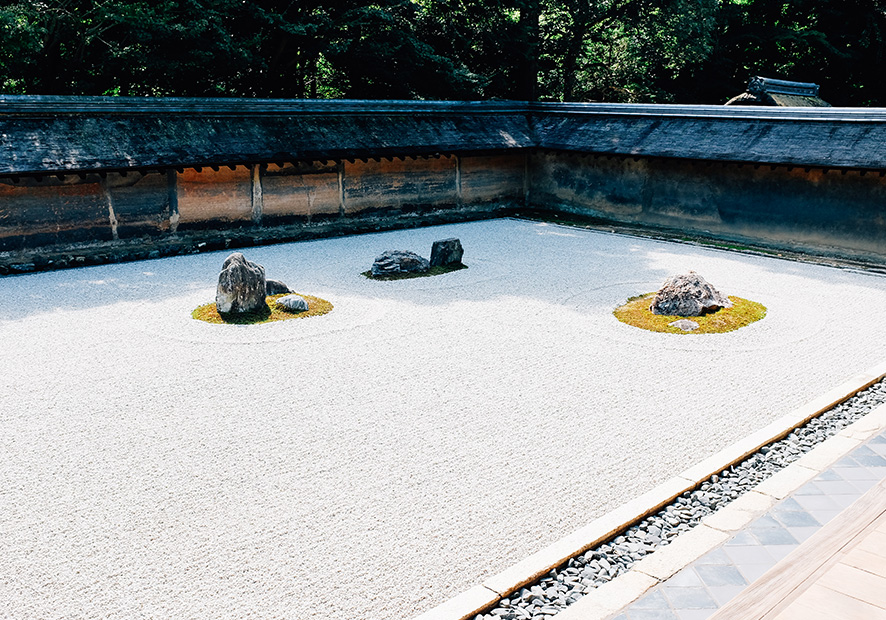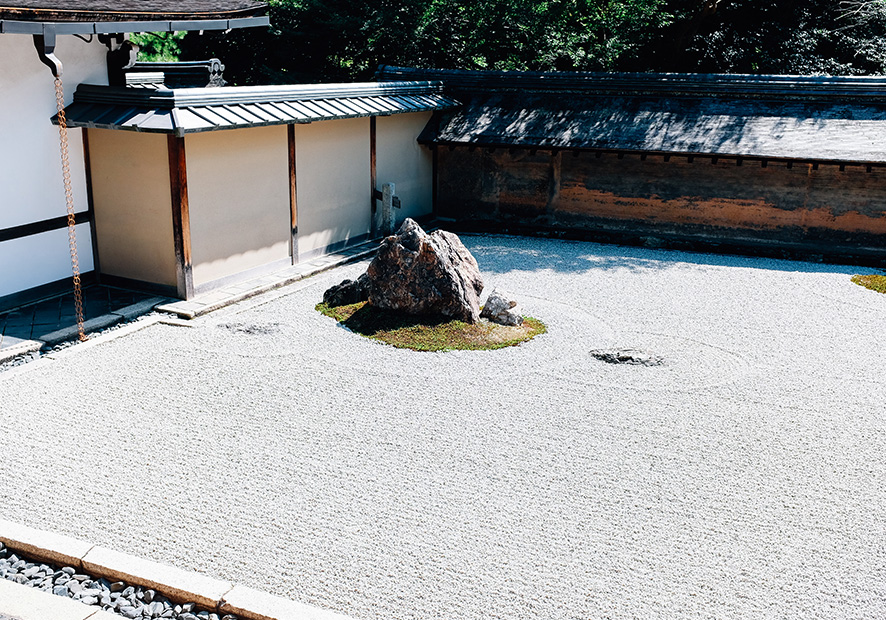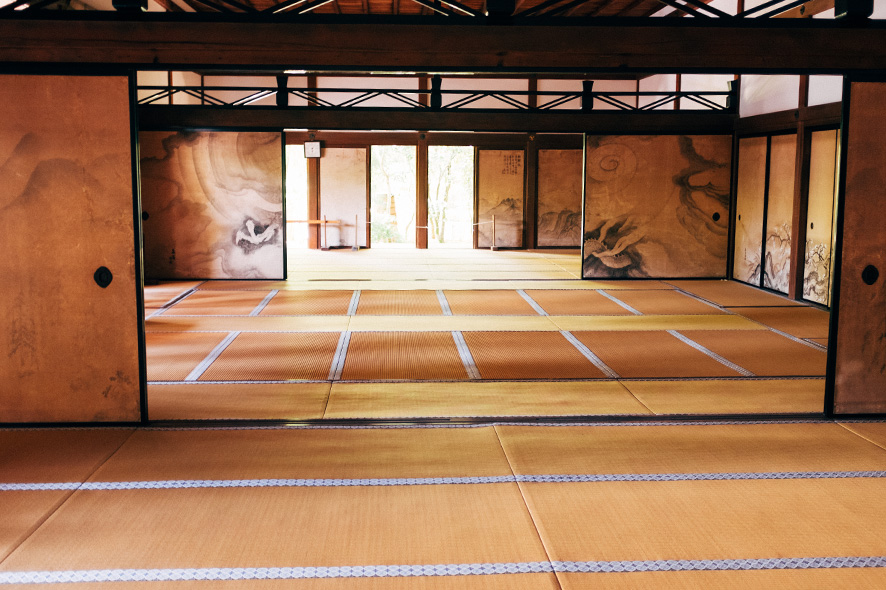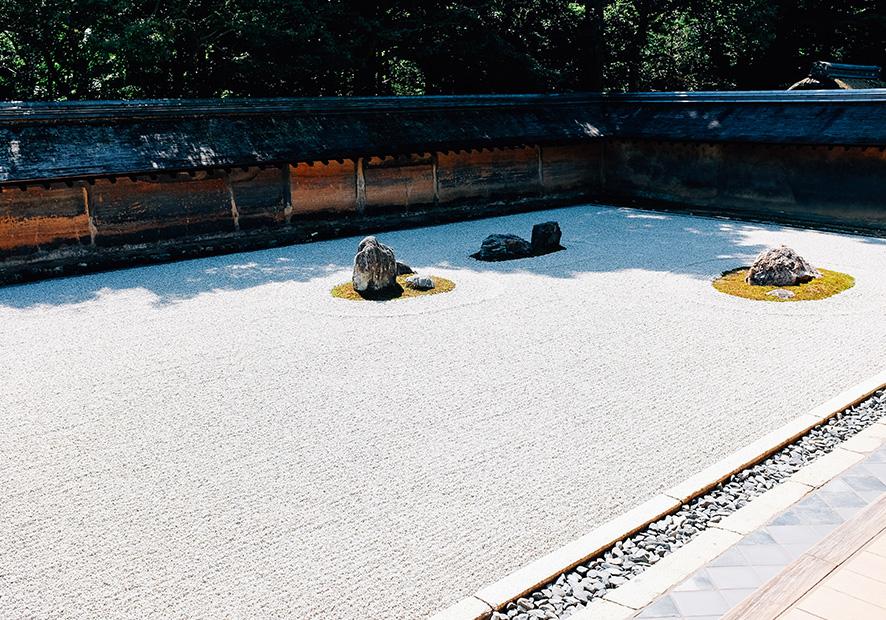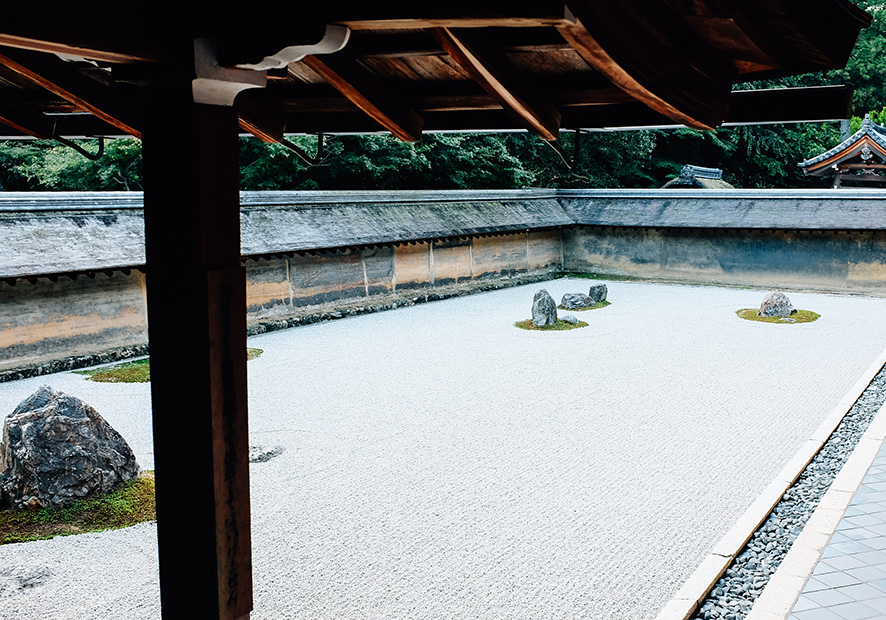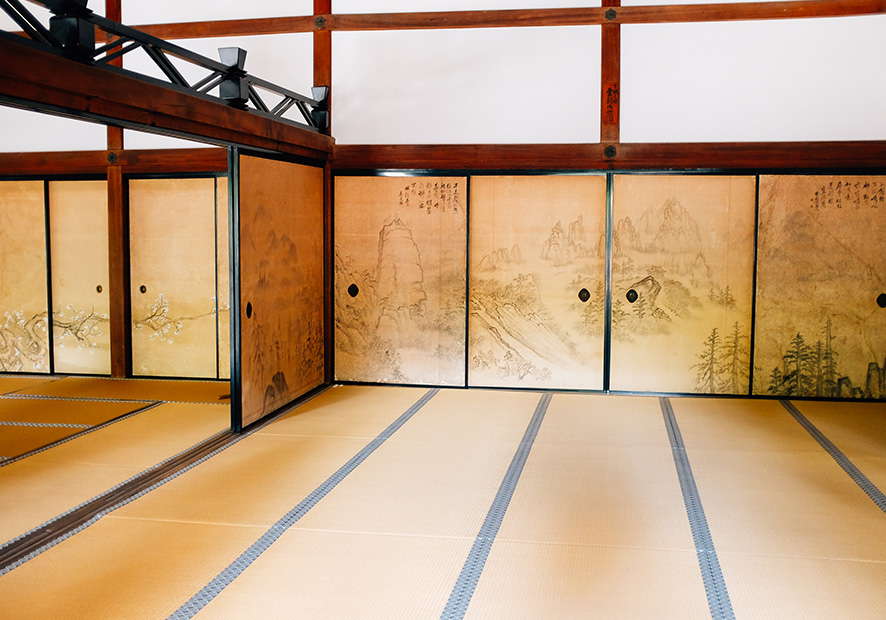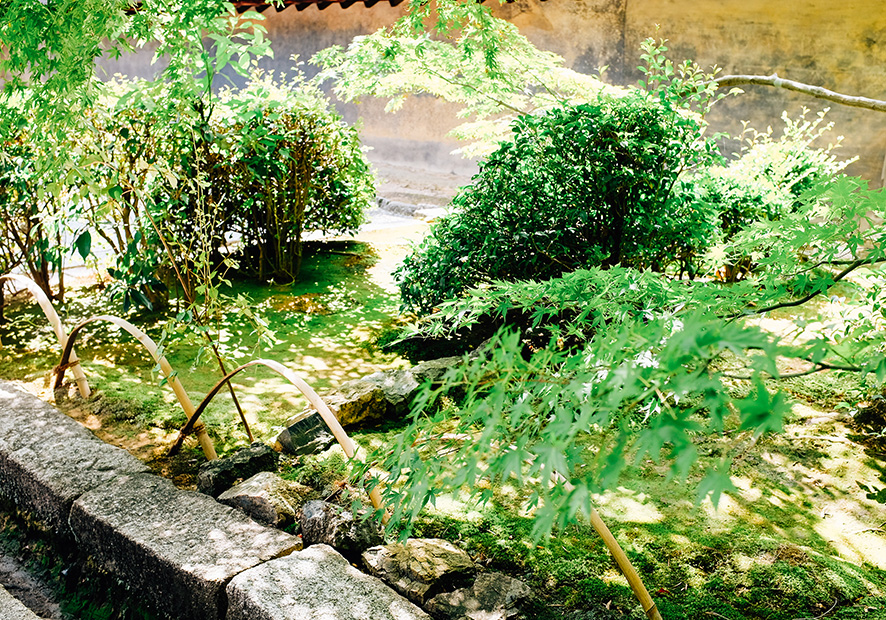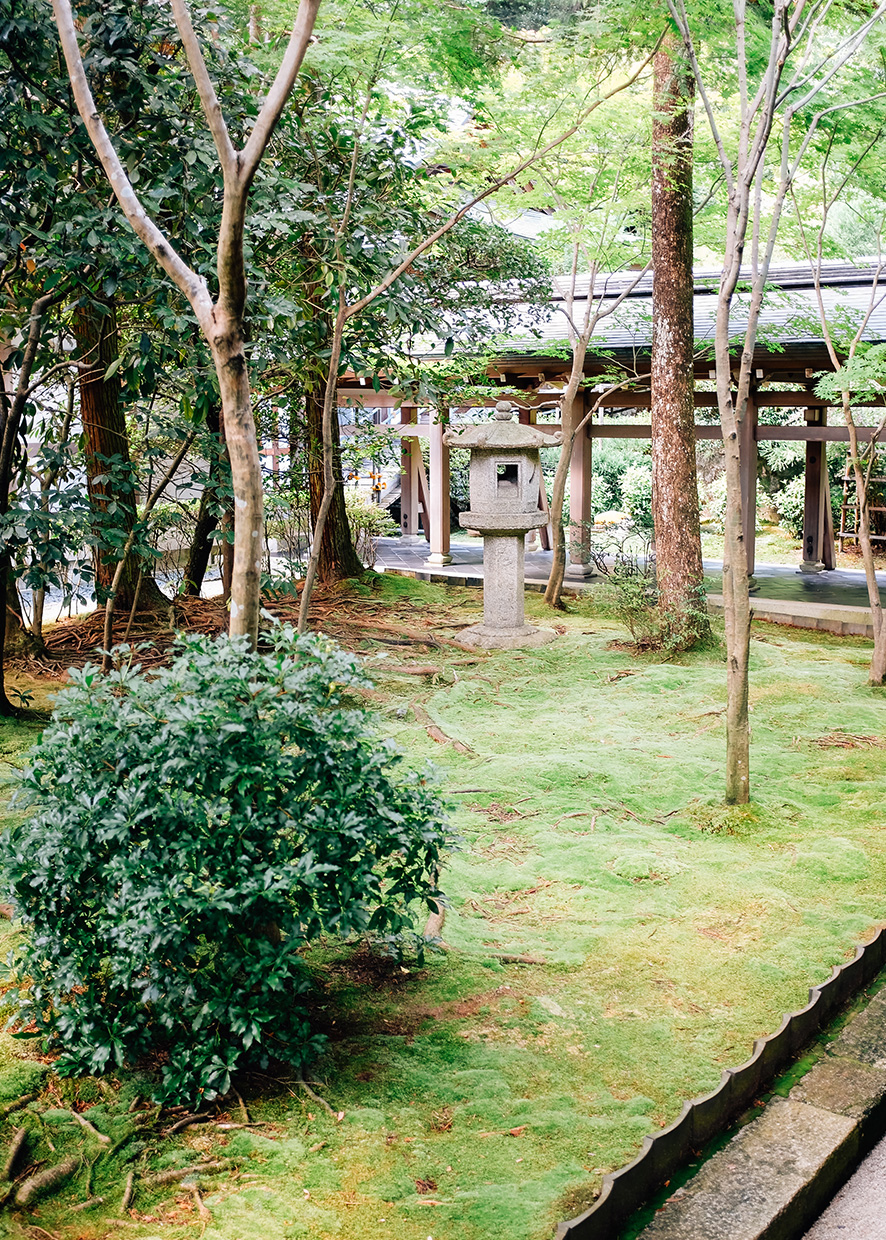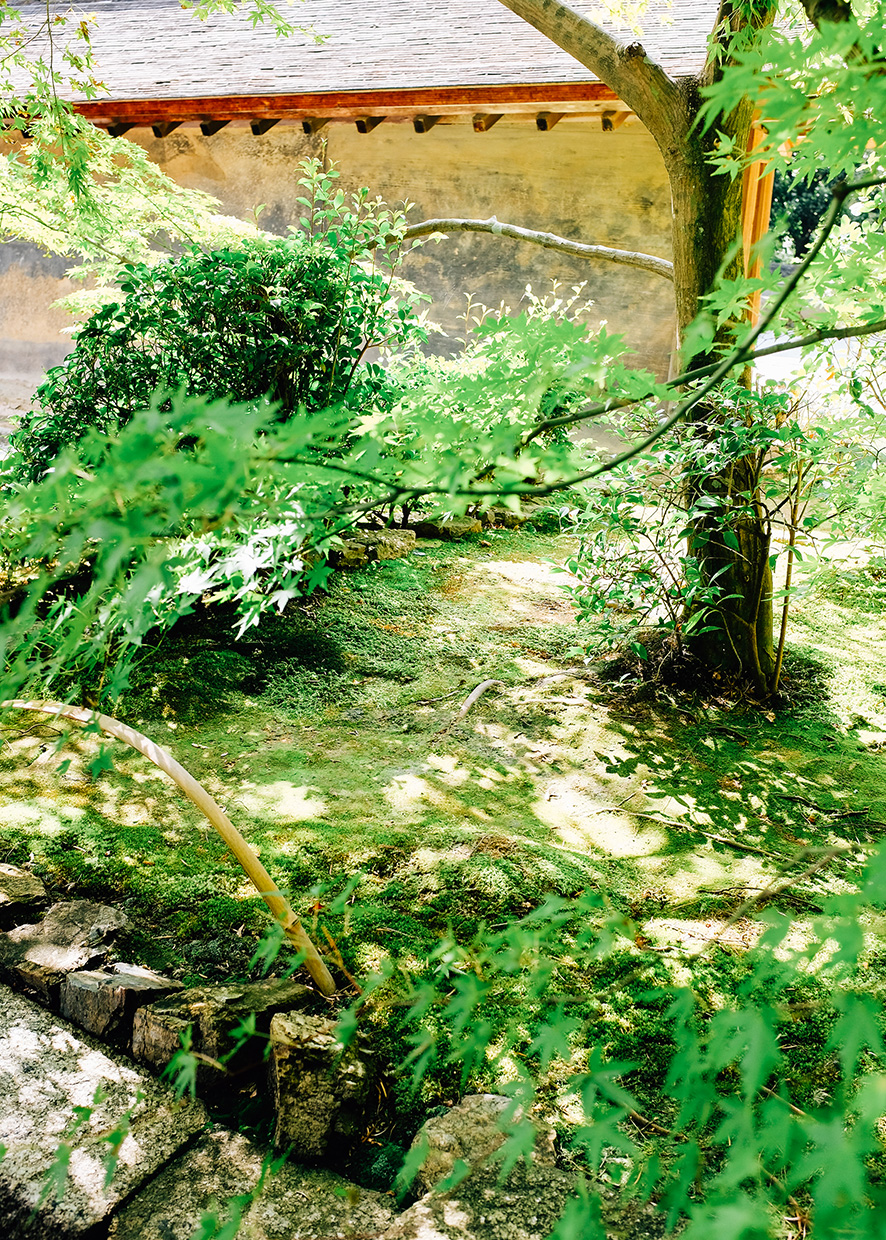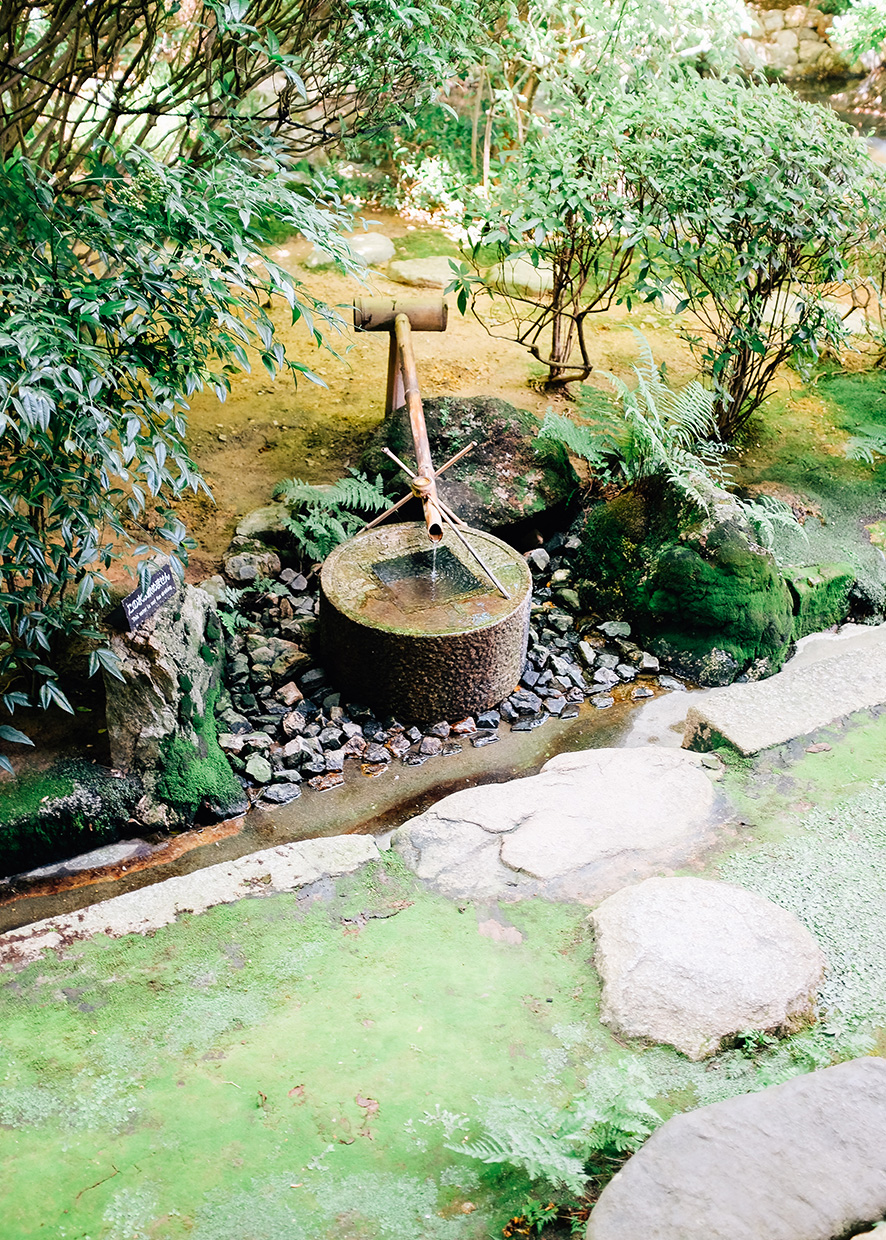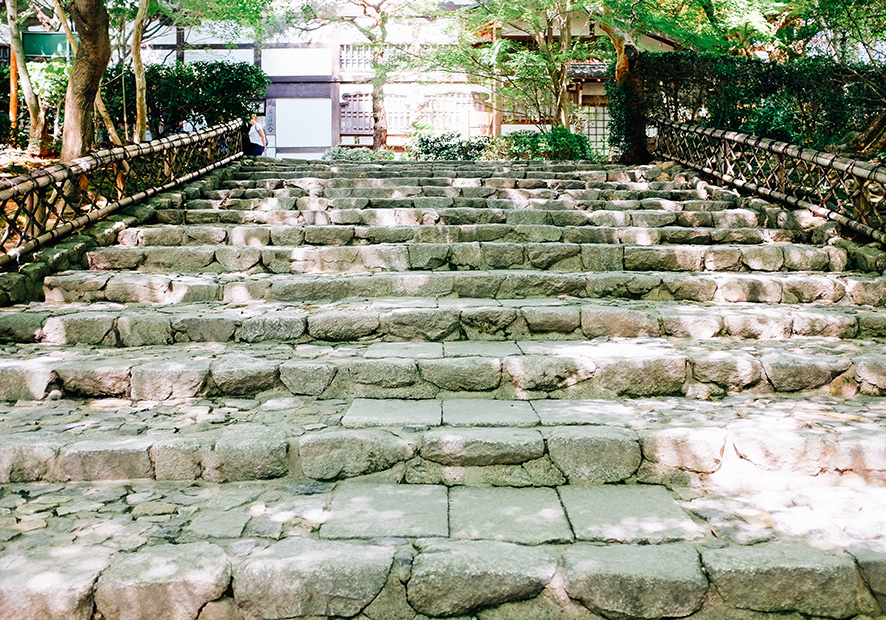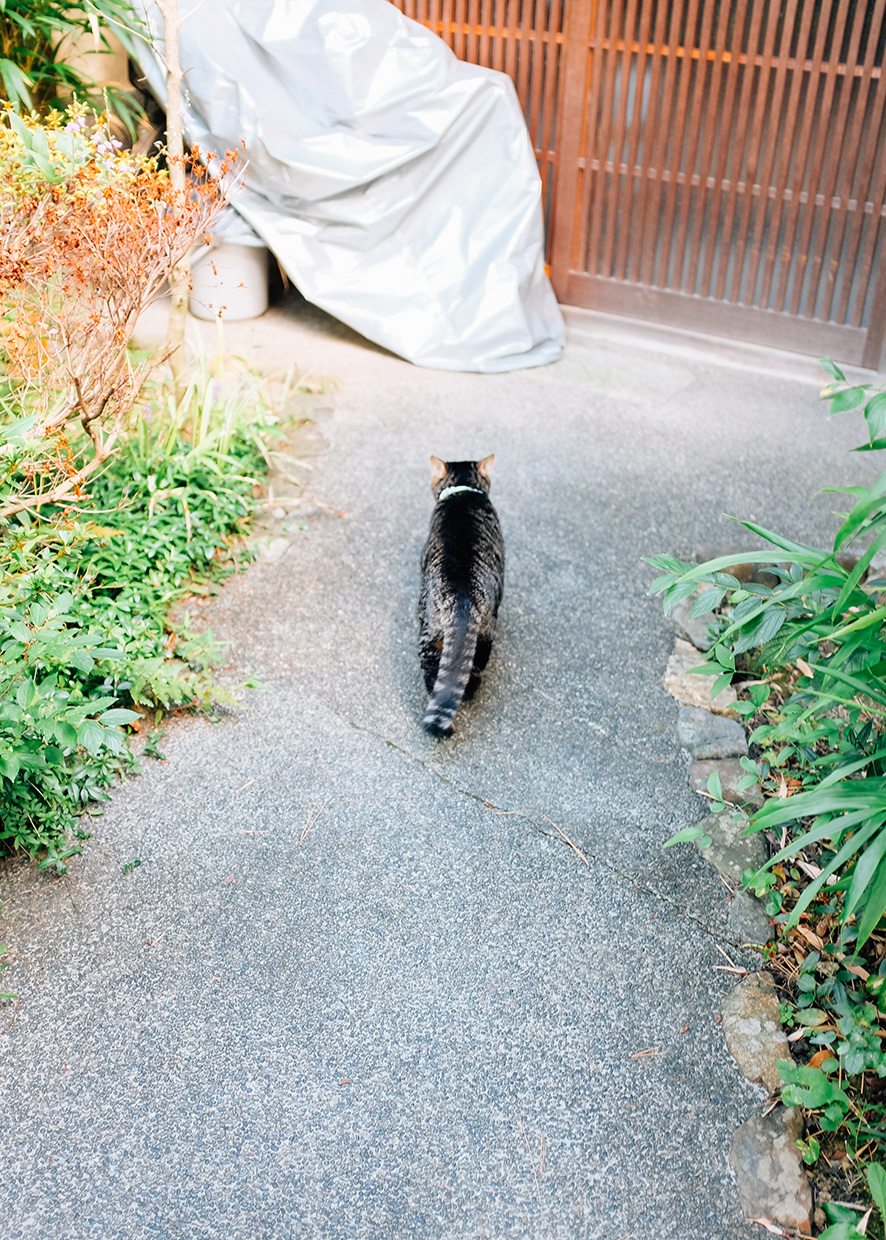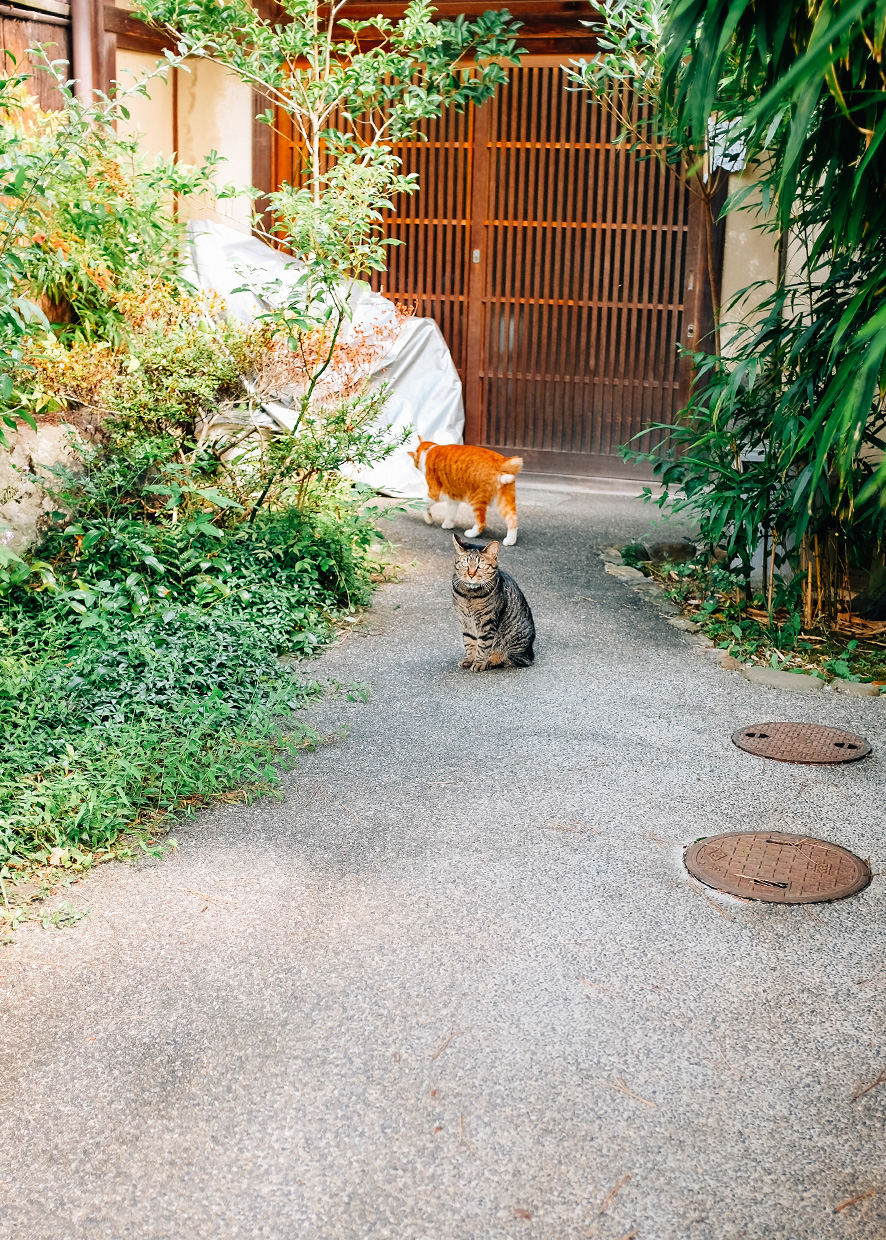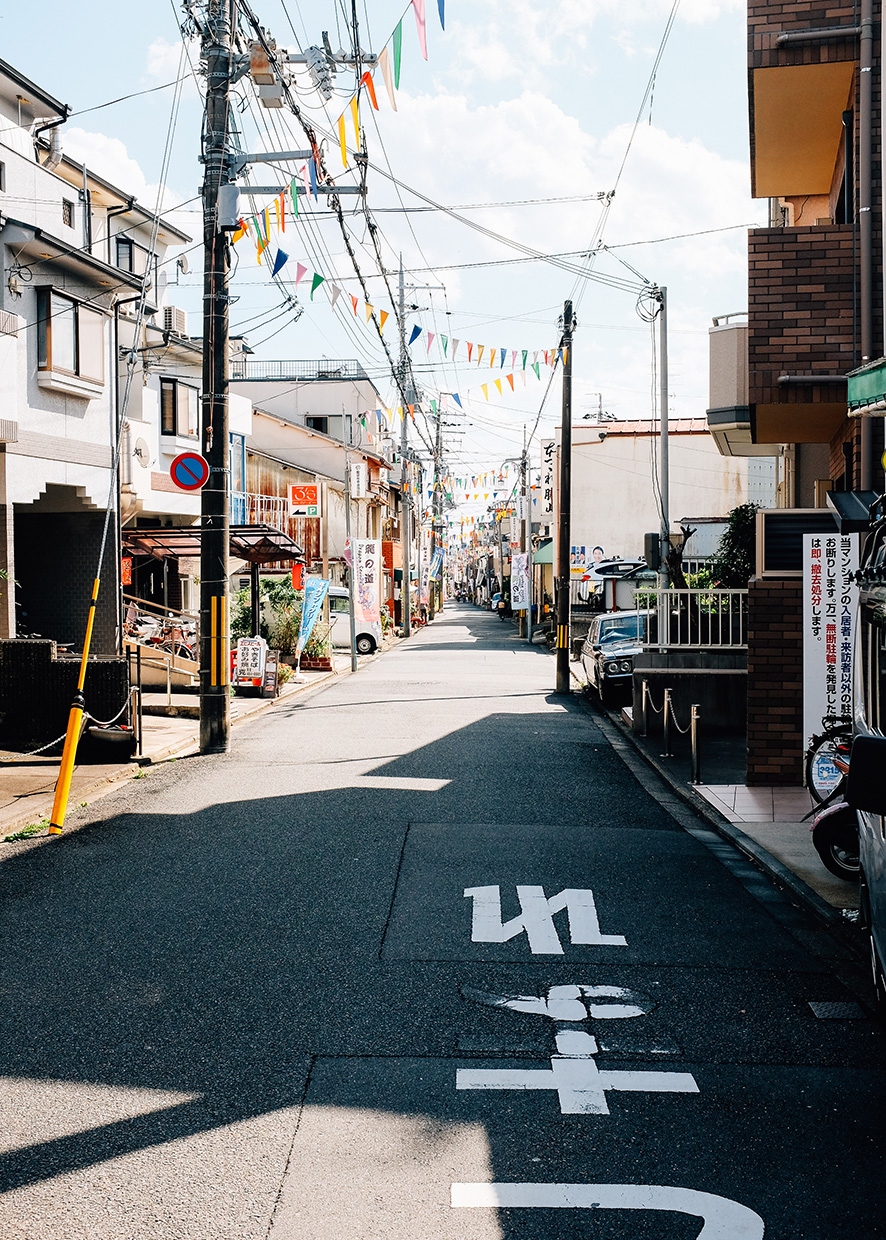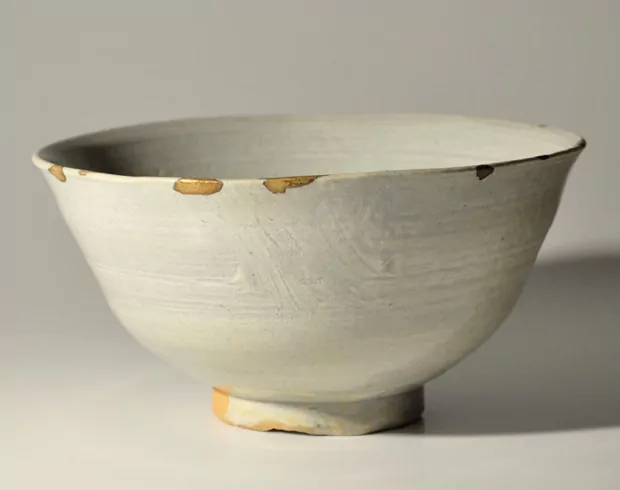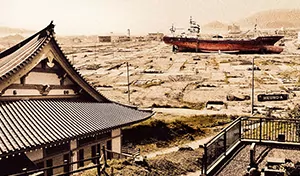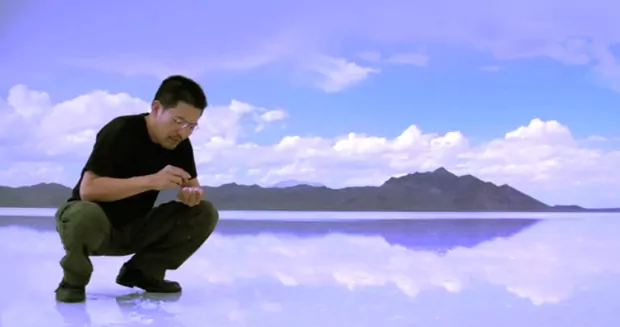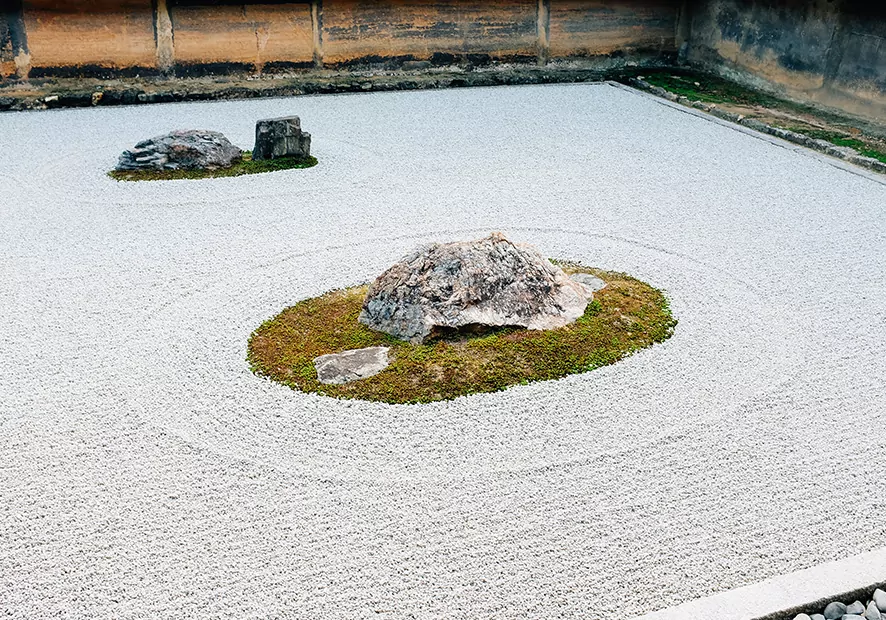
Natural Objects in a Space – A Visit to Ryoanji Temple in Kyoto, Japan

Walking up the stairs to Ryoanji Temple in North Kyoto conjures up a mixture of feelings. The temple itself is so well-known in Western parts of the world, but doesn’t appear to be as popular with those from Japan, especially compared to other temples in this area such as the neighbouring Kinkakuji Temple. I’m sure one of the reasons is the stark nature of the garden is quite a shock for foreigners and creates intrigue, it’s completely different to other gardens that reside in Western parts of the world and has always been a source of inspiration for architects, designers and other creatives, both spiritually and because of the gardens “less is more” approach.
The garden itself features fifteen stones that from the veranda can’t all be seen, whether being blocked by other rocks or obscured by the angle from which the viewer is residing. There is no known reason but there are many who speculate the deeper meaning, such as each rock representing an island in a stream or the peaks of a cluster of mountains. On a personal level I see it as a metaphor for life, the ’15th’ rock doesn’t exist and resides within you, but the garden is open for interpretation and that’s one of the most fascinating aspects about this garden.
The original dry landscape garden was thought to have been built in the late 15th century, but the actual design of the garden and who designed it is still disputed to this day. Everyday the monks rake the sand and use it as a form of meditation, concentrating carefully on the patterns and being present in their movements. This is a practice that they have been doing for hundreds of years, so you can imagine the spiritual aura circling this property.
The formation of the rocks interest me, as well as the white space between each grouping. As a designer my initial feelings gravitated towards the placement of the rocks, contemplating the meaning, but the longer I sat the less questions I had, it became a peaceful spot to sit and contemplate. Early in the morning is one of the best times to visit, as it’s not too busy and the air is very fresh.
Many of those who do visit tend to report an underwhelming feeling after viewing, but it left a very profound impression on me. The beauty of the garden is in the abstract composition of natural objects, with the purpose being to incite meditation for those who take the time to sit and be open to the experience in front of them. Maybe then it’s more of a metaphor for our lives.
photography: mark robinson
